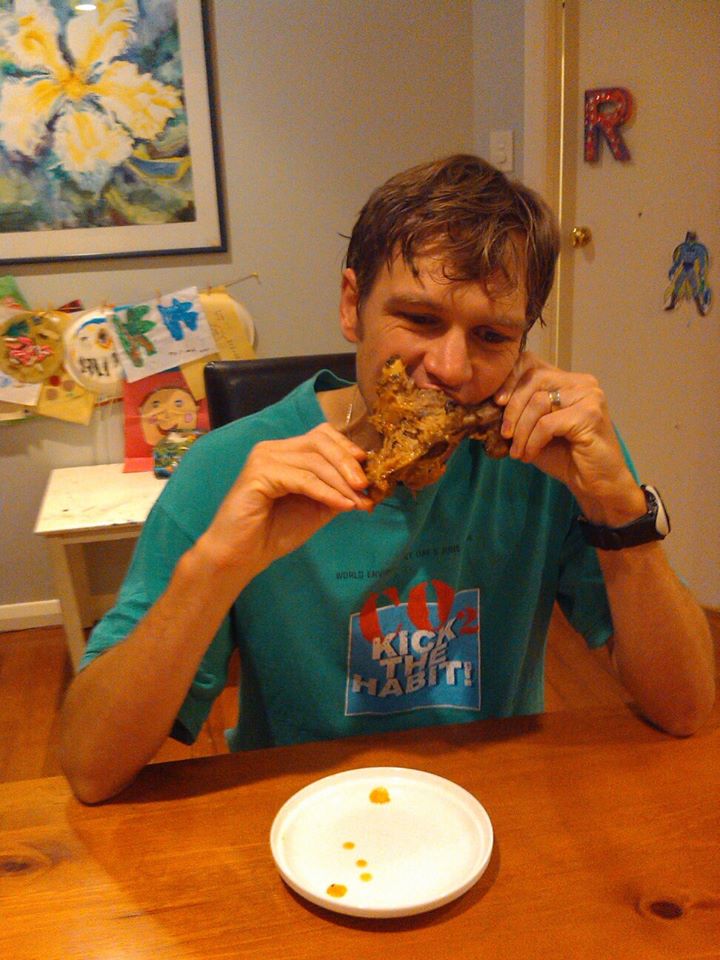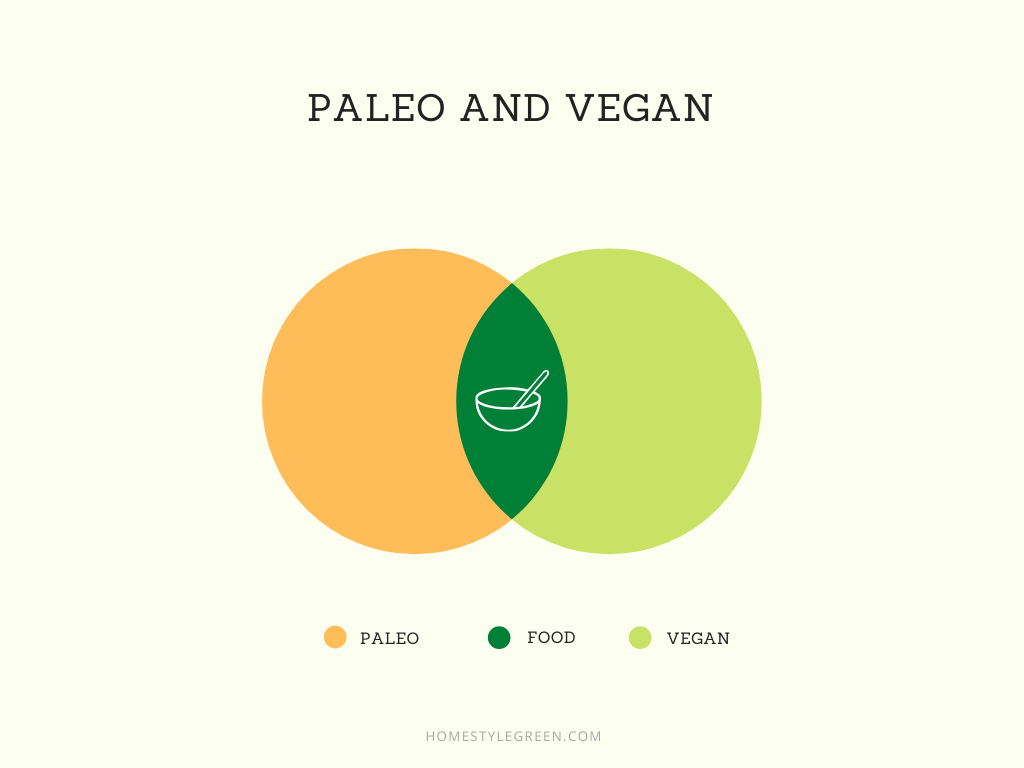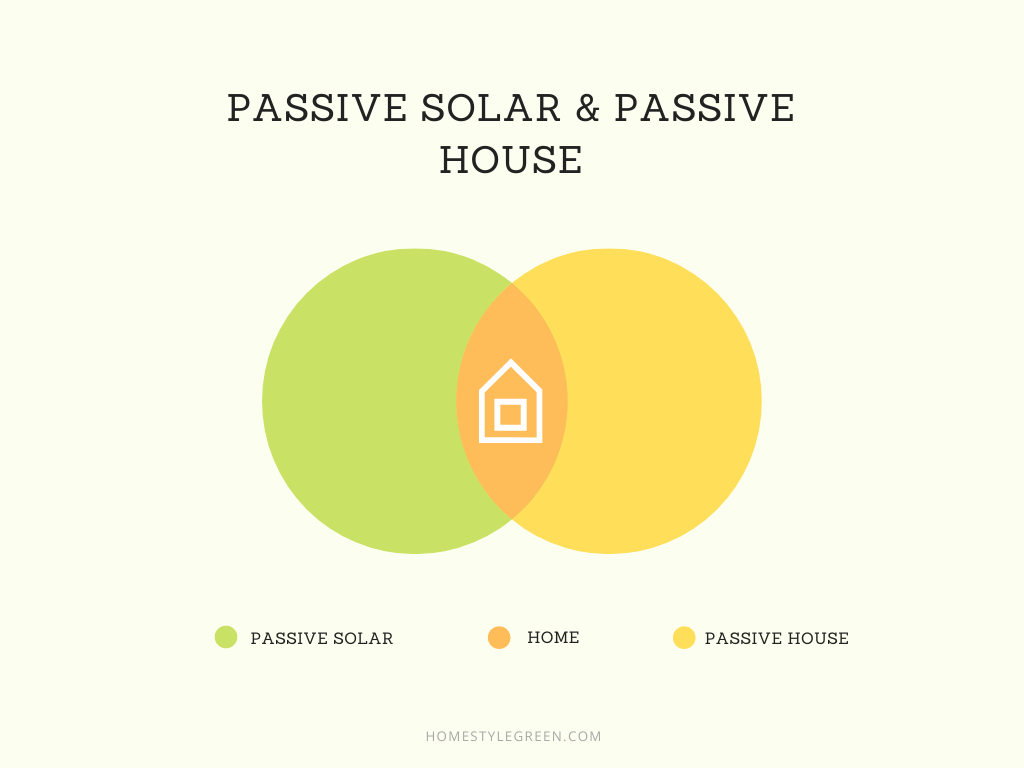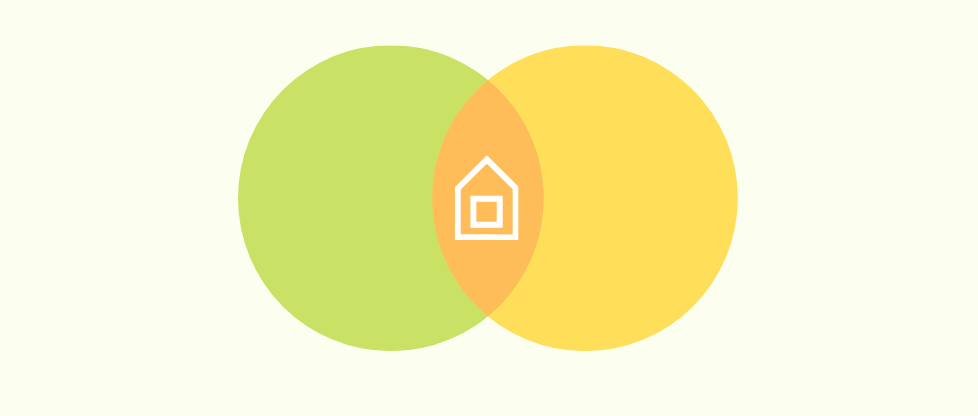I’ve been enjoying a mostly plant-based, whole food diet for the last two years. I’ve maintained a healthy size and weight, I’ve avoided getting sick and my blood pressure and cholesterol are all good. I know this because after turning forty a few years ago, I decided to check on these things. Not because I was feeling sick, but because I wanted to be healthy.
I try and avoid the word ‘vegan’ for two reasons. Firstly, it has connotations. But more importantly, it’s increasingly possible to be an unhealthy vegan these days. Oreos are the epitomised example. Check their ingredients list. Once you’ve deciphered the long words and confusing numbers, you’ll likely find no animal products there.
So ‘whole food, plant-based’ as coined by Dr T Colin Campbell, PhD is my prefered descriptor of what I now chose to consume.
Whole Food, Plant-Based
But ‘whole food, plant-based’ doesn’t roll off the tongue as easily as fresh fruit and vegetables please the palette. So ‘vegan’ is frequently used as a simpler definition of my culinary choice at restaurants or eating with friends and colleagues.
I similarly try and avoid using the word ‘sustainable’ when I comes to house design and building. It has connotations, plus it’s a bit vague. What exactly is a sustainable house?
Designer Diets
Prior to eating a vegan diet, I tried a bunch of other regimes. A while ago I’d been vegetarian for a number of years. Later, I dropped gluten for a while. I tried counting calories. And then I went paleo. I went all-in with meat, dairy and eggs. High protein, low carbs was the flavour of the month.

Different But the Same
Paleo and vegan are often seen as polar opposites. One is about animal products, the other is about avoiding them. Except I don’t think this diametric view is a true reflection of reality. The more I read, listen and learn about what our forbears may or may not have survived on, the more I realise that these seemingly divergent philosophies have more in common than they do in opposition.
Firstly, people generally adopt a certain way of eating due to a concern for, or at least an interest in, health.
Then there is the crossover with the actual substance of the diets. The core of a healthy paleo diet is fresh, green vegetables. Meat, dairy and eggs play a role, but only a minor one. Similarly, the healthiest vegan fare is all about fresh, leafy greens.
Unprocessed, whole foods are best whether you call yourself a vegan or paleo.

Common Ground
But agreement and consensus rarely make a good story. The plethora of articles and overburden of angst in our modern culture focus instead on the differences at the edges and we often fail to see the wide overlap. The basis of a well designed healthy diet is likely to be consistent, whatever the name.
The same can be said for the design of healthy homes.
Passive Solar Design
Around the time I was cutting carbs, I spent a lot of time researching and advocating for insulating the edges of exposed concrete floor slabs as a means of increasing the effectiveness of thermal mass in houses. I also become slightly infatuated with eaves, big wide ones that could shade a house from the summer sun while allowing the lower-angled winter sun to penetrate into the home. Seasonal shading and thermal mass are two of the primary features of passive solar design.
Passive House Design
Passive House, on the other hand, is often construed as the opposite end of a building design spectrum where ‘light and tight’ takes place of ‘heavy and holey’.
But once again, it would serve us well to look at the similarities more than the differences.

First and foremost, any designer who investigates a philosophy, technique or set of principles is likely doing so for a good reason. Like paleo fans and passionate vegans who are all seeking a healthier way of living, building designers who embrace any methodology of energy efficiency and comfort are also seeking a healthier outcome. Passive solar designers generally want the same thing as Passive House designers.
Secondly, there’s a great deal of overlap in the substance of any energy efficient building. Increased levels of insulation, an allowance for fresh air ventilation and consideration for how to keep the building within a reasonable range of temperature and humidity, are the fundamentals of all good building design. Both passive solar and Passive House need at least some attention to orientation and yes, both can benefit from slab insulation and good sized eaves (or some other form of external shading). Passive solar houses could even benefit from being airtight, and there’s nothing excluding the use of some thermal mass to improve the performance of a Passive House building.
The Design Buffet
For simplicity, I’ve drawn on apparent dichotomies here, but the analogy holds with a broader scope of choices. From keto to Mediterranean preferences in the kitchen and from green ratings to Living Building petals in the design studio, there is plenty of overlap in the centre of each Venn diagram.
As a community of building professionals I think we would do well to embrace the common ground while we espouse the benefits of our own dogmas. Good designers can create good buildings that are healthy, comfortable, energy efficient and durable. There are different ways to get there and some are likely better than others for different clients, in different locations.
[Tweet “We would do well to embrace the common ground while we espouse the benefits of our own dogmas.]
Design for Health
As a vegan, my aim is to be healthy. I also aim to acknowledge those who are taking an interest in their own health.
My aim at Home Style Green is to acknowledge all who are taking an interest in the health of clients, our community and our planet. Different designers may approach this challenge from different directions, but I like to think there’s plenty of space to meet in the middle.

Leave a Reply